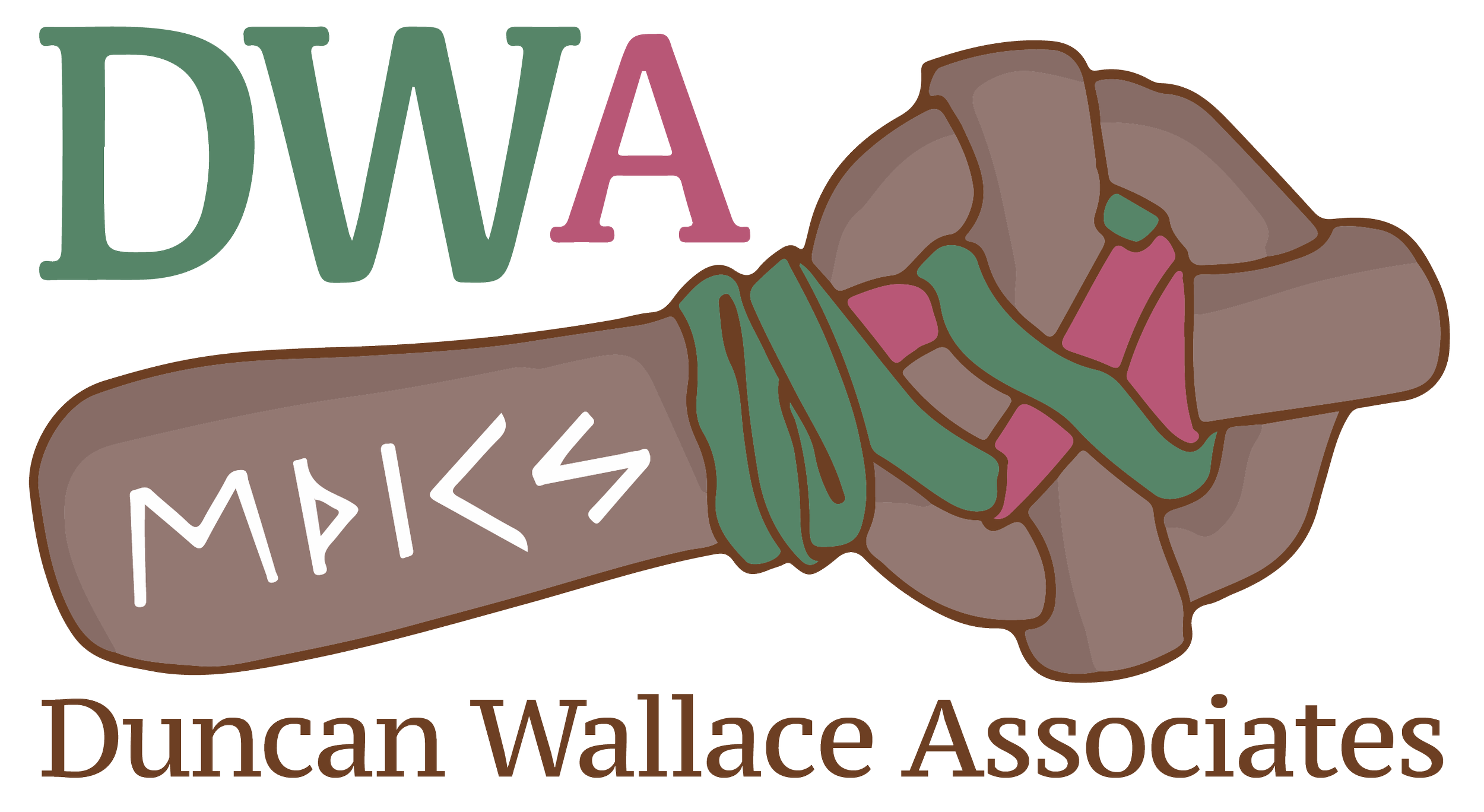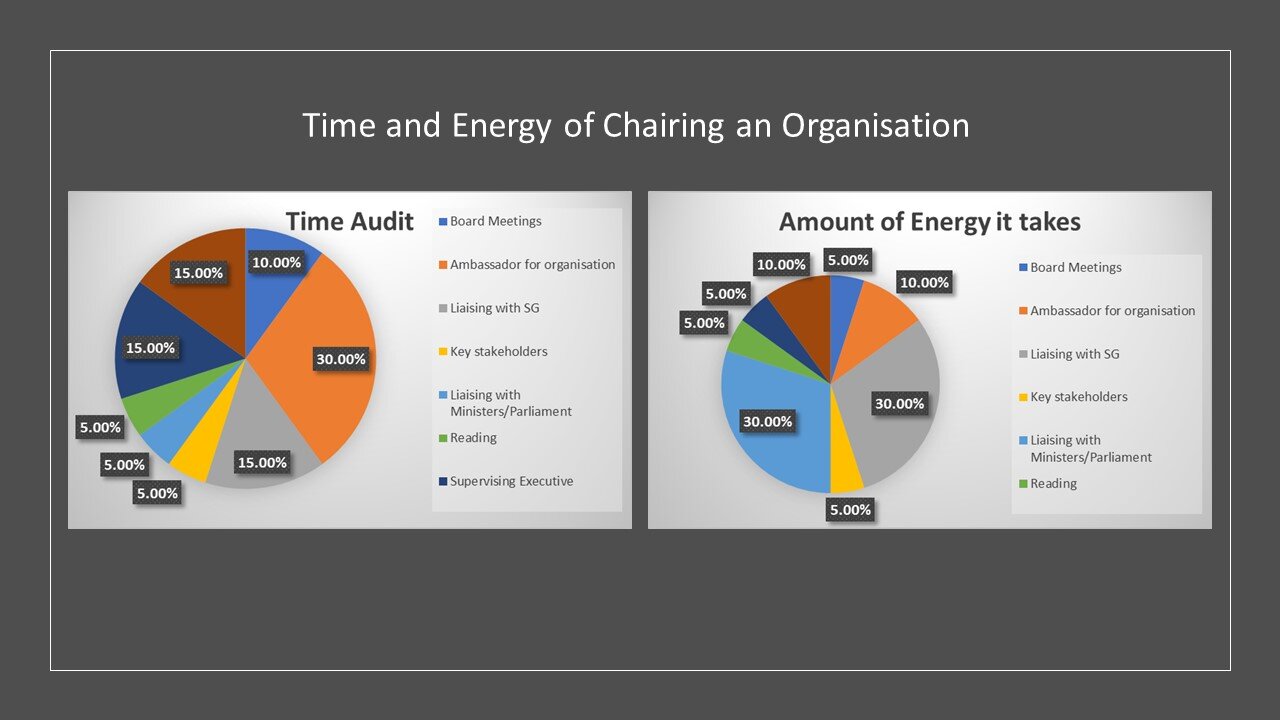Time and Energy Auditing
Time and Energy Auditing started when I was working with managers and leaders who work in hospices. I was running a leadership development program over a year with some amazing staff and I was curious about what happens to peoples energy when death happens. So I developed a tool – the time and energy auditing tool – to help managers explore these type of issues. Many years later, I've now used this tool and taught it on supervision courses, coaching and mentoring programmes and in my own coaching practice with so many different professionals that i know it to be full of great insights for people.
It can be very stressful to have to really rush tasks that take a lot of energy. This level of stress can either cause the person, or team, to become blocked in performing those tasks well. It can lead to avoidance of those tasks, or create a sort of energy overflow into other tasks around them; feelings and energy associated with one task can be carried over into another.
It would ultimately be more productive for individuals & team to take the time necessary (providing it is possible) to deal with the feelings, and their impact on energy, when it happens. For example, staff may go from dealing with intense family situations, straight in to team meetings, and end up being distracted, irritable or unable to think clearly in the team meeting, as a result of residual feelings connected to the family work. In the example shown in the two diagrams, you can see that the impact of dealing with other departments is considerably larger than the time it takes.
The purpose of the tool is to enable analysis that leads to practical exploration of what can be done to achieve a more optimal workload, or flow. It also enables teams to surface, and discuss, who is best placed to undertake certain tasks – as they find they take less time/energy. Individuals have different approaches to tasks, and preferences around how they work. For example - the chart example shows someone who uses a lot of energy when working with other departments, another person may find that task is actually energising. Once this pattern is identified, the team can take a fresh approach to dividing its tasks.
Workload management is one of the core functions of managing others, managing teams and managing your own priorities. A standard way of thinking about time management and for helping agree workload prioritisation is to look at which tasks are urgent, which tasks are important and urgent, and which are important but not urgent. This works, yet, particularly in a hospice, where the emotional weight of different tasks and different areas of responsibility can be so varied – and have very different emotions connected to them.
This tool enables you to explore what is going on in relation to time and energy. This tool can lead to a conversation that can unpick the issues that are hindering work flow.
Time and Energy Audit Example from Health Improvement Professionals
Many of my coaching clients are at key points in their work career, making a change, some going freelance, balancing different types of demands. So using this tool to support my coachees on how they are getting their energy, what is draining them and how they are spending their time helps them to make significant shifts in their work and energy flows.
A useful skill for managing workload in this type of setting is to be able to diagnose and unblock areas in the work flow that have become stuck. As Nancy Kline sets out in her ‘Time to Think’, and Daniel Goleman in his Emotionally Intelligent Leadership work, you should attend to the feelings in the situation first, before moving on to talk about tasks. The brain is able to function more effectively and efficiently if not ‘blocked’ by unspoken, and thus unprocessed, feelings such as fear, shame, anxiety, anger, and sadness. Making space in 1:1 meetings, or other less formal settings, for staff to give voice to such feelings will enable them to re-focus their enhanced efforts on the tasks at hand.
The time and energy audit is a simple tool..
Being a Chair example
It starts with taking a time audit, and then using the same colours and categories to do an energy audit. In these examples you may see the categories are quite wildly different, for a Chair of a public body the balance of work duties is quite different to an employee, or an artist/writer.
If you would like some coaching or a learning program to support you finding the best workflow, for whatever role or changes in role you are going through, then please do contact me at
Duncan@duncanwallace.org.uk 07786050893


